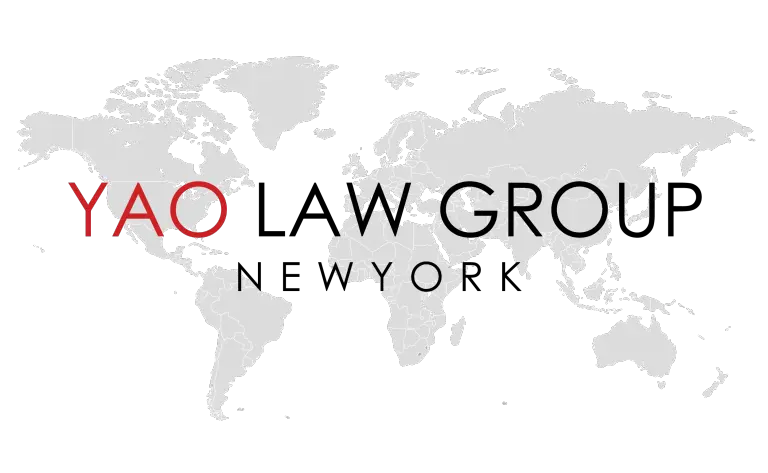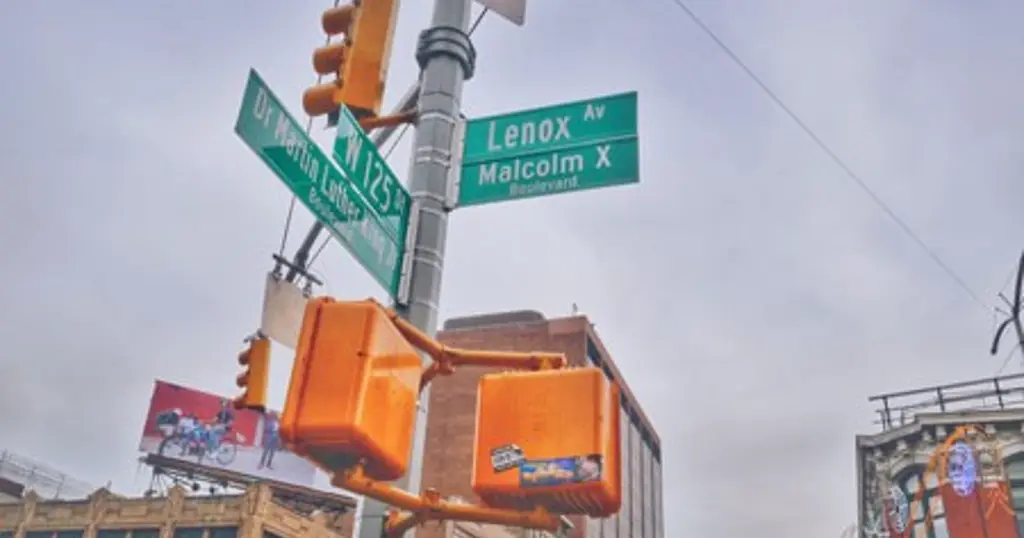Harlem’s reputation as an international neighborhood is unrivaled by any other neighborhood in Manhattan. Immigrants from around the world settled in Harlem and their children have made significant contributions that have greatly impacted politics, commerce, and the arts.
Since the first advent of Spanish, Italian, and Jamaican immigrant to the flourishing Senegalese, French, and Dominican communities present all over Harlem, Harlem has become synonymous with diversity, inclusion, and acceptance.
Harlem’s history
Harlem’s past immigrant (and their descendants) history is decorated with many prominent figures who have gone on to make a great impact in New York’s culture and the US. Between the years 1880 and 1920, Harlem was populated by Italians, Irish, and Jewish, who had settled in the area. For example, Southern Italians populated Italian Harlem, what we know today as Spanish Harlem.
Prominent past immigrant residents have greatly impacted history. For example, Marcus Garvey was born in Jamaica, and in 1914, in New York, he founded the Universal Negro Improvement Association and African Communities League (UNIA-ACL), the largest black organization at the time. Golden Globe nominated actress Rita Hayworth, was the daughter of Spanish immigrants and grew up in Spanish Harlem. Also, Claude McKay was a Jamaican immigrant whose sonnet “If We Must Die” is considered a landmark of Harlem Renaissance and his 1928 novel Home to Harlem became a bestseller and won the Harmon Gold Award for Literature.
Mayor Fiorello LaGuardia, the son of Italian immigrants who lived in Harlem, served for three terms as New York City’s first Italian-American mayor, from 1934 to 1945, and for whom the city’s LaGuardia Airport is named.
Harlem is still home to a thriving immigrant population
Little Senegal, or Le Petit Senegal, section of Harlem is filled with immigrants from several francophone African countries. A quarter of Spanish Harlem, or El Barrio, is foreign-born, with Mexican immigrants accounting for about a quarter of the foreign-born, Dominicans nearly a fifth, and Ecuadorians around 7 percent.
Of all of the Dominican immigrants in the US, over 40 percent live in Washington Heights, or Little Dominican Republic. Petit Paris, or Frederick Douglass Boulevard from 116th to 125th and Lenox Avenue from 116th to 125th, is filled with a strong presence of French owned and operated restaurants, cafes, and bars. The French owned and operated restaurant Cheri, located on 231 Lenox, was named the #1 restaurant in Harlem.
Today, Harlem has welcomed distinguished immigrants such as prominent celebrity Chef Marcus Samuelsson, an Ethiopian-born, Swedish-raised chef and restaurateur, who is the the head chef the renowned Red Rooster on Lenox Avenue and 125th street. Also, Representative Adriano Espaillat, born in the Dominican Republic, the first Dominican-American member of Congress is a Harlem resident.
These amazing immigrants, and their children, who have contributed to making Harlem a historical and iconic neighborhood will continue to attract immigrants and tourists from around the world. Harlem’s immigrant legacy is what will continue to make Harlem the international hub of diversity and multiculturalism that it is known for today.


